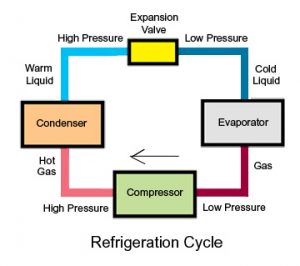If you live in a condominium, co-op, or gated community with shared spaces such as lobbies, hallways, sidewalks, basements, elevators, plumbing, sewerage, roofs, and parking lots, and you own your apartment or townhouse, you almost certainly belong to a Homeowners’ Association (HOA). The HOA is responsible for maintenance and repairs of the common areas, debts, taxes, and other financial obligations of the real estate that HOA members own in common. The HOA board also determines how much homeowners pay in fees each month (referred to as monthly maintenance) and how much members are assessed in the event of a significant expense that is out of the ordinary, such as a new roof, broken sewers, and drainage, or new paving for a parking lot.
The HOA’s Board is composed of homeowners elected to serve for one or two years. Generally, the Board selects a property manager to maintain the areas of common interest and gets its members’ input on what to do with the shared spaces, and whether services performed by its vendors are satisfactory. The Board has a fiduciary responsibility to its members for the HOA’s expenditures. It includes the contracts that the HOA enters into, the payment of taxes, insurance, legal fees, landscaping, snow removal, etc.
To protect the HOA’s interest, a certified public accountant monitors the use of the funds on behalf of the common interest real estate association by conducting an annual audit of the HOA’s books. It reports it’s finding to the Board and membership of the HOA.
In general, a well-run HOA board will hire an auditor with experience working with common interest real estate associations and their boards. It is an essential point because board members of HOAs may not have a background in business. They have other responsibilities outside of the property and may not understand what to ask or look for in an organization’s books.
A good auditor will know what to look for in the HOA’s books to confirm that goods and services were performed correctly, and the fees paid were reasonable and customary fees. They will report their finding to the Board and members of the HOA and explain its findings in everyday language, offer suggestions to improve reporting, and suggest ways the HOA can save money in the future. In other words, a good auditor is an excellent investment for an HOA.





